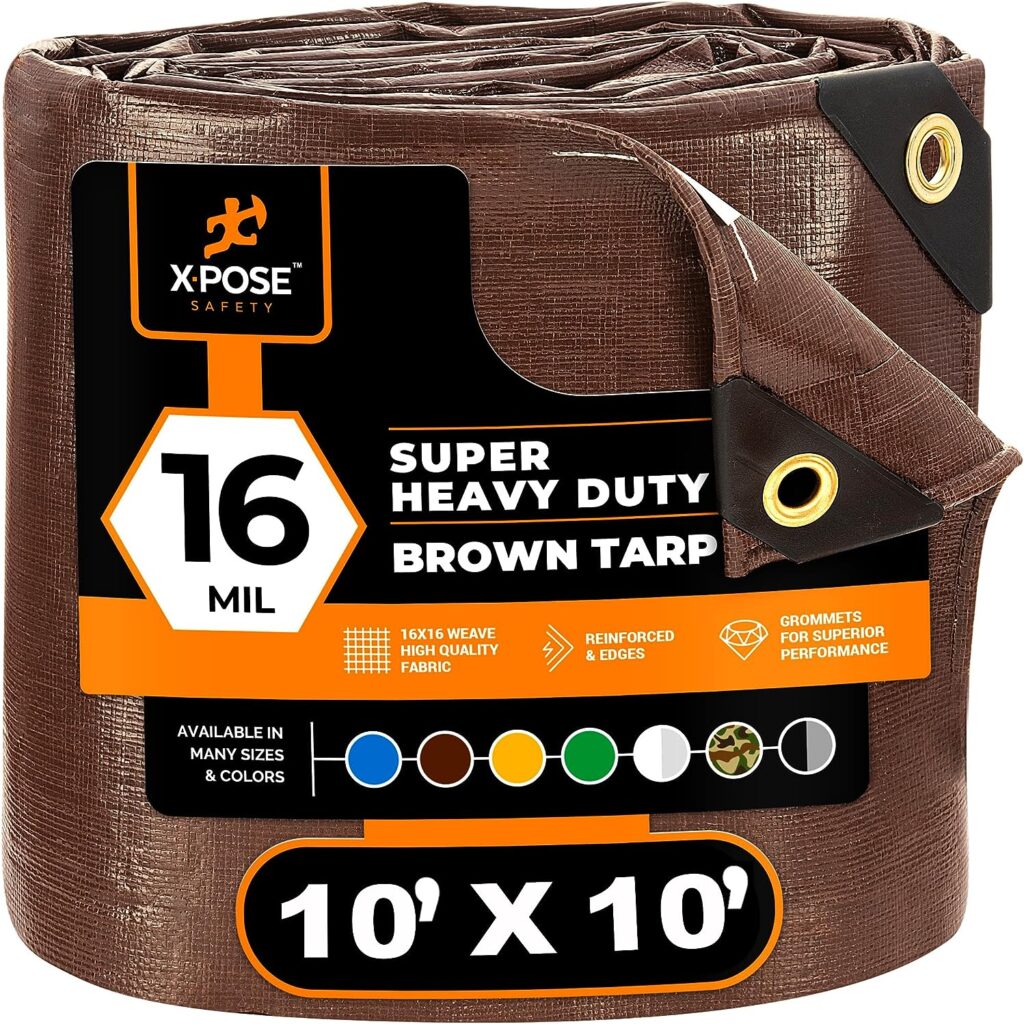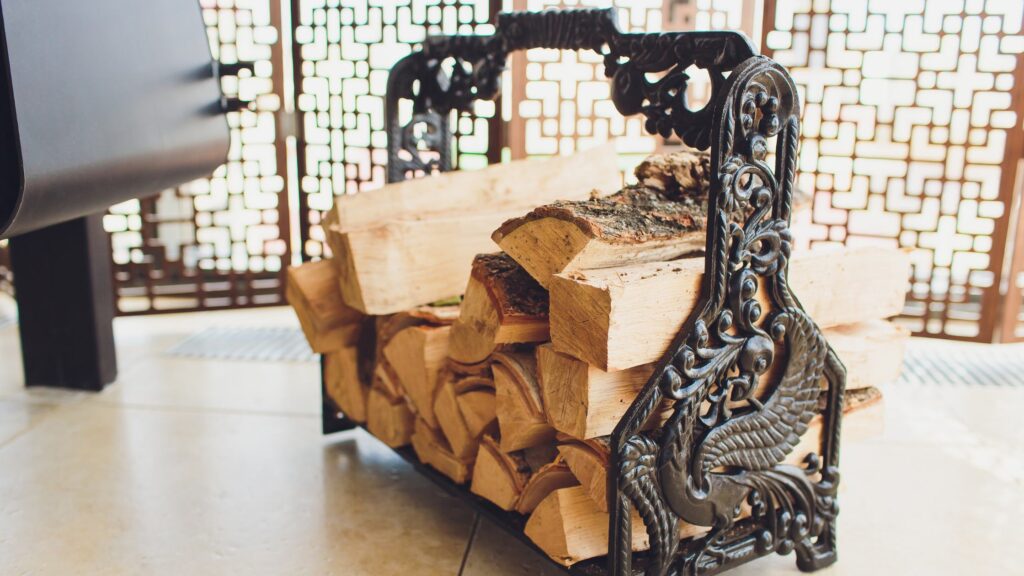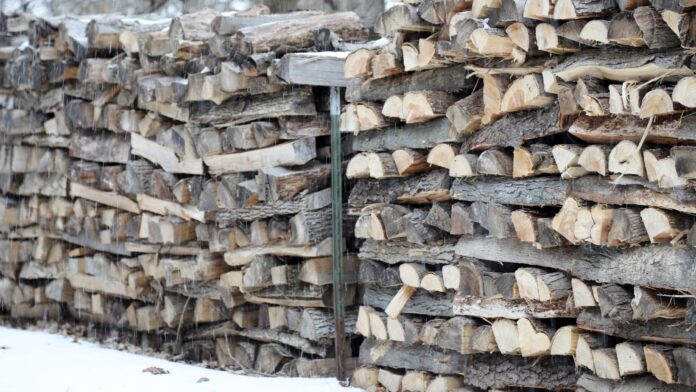Table of Contents
As the crackling sound of firewood burning fills the air, it’s a reminder of the simple pleasures and the warm ambiance that only a wood fire can provide. Whether it’s for heating your home during the chilly months or enjoying an outdoor bonfire, understanding the ins and outs of cord firewood is essential. This comprehensive guide will walk you through everything you need to know about cord firewood, ensuring you make the most out of this natural resource.
Understanding Measurements in Detail
The cord is a traditional unit of measure for firewood, symbolizing a stack of wood that fills a volume of 128 cubic feet. However, not all cords are created equal, and the exact dimensions can slightly vary from one region to another. This variability underscores the importance of familiarizing yourself with local wood measurement standards to ensure you get a fair deal. A cord’s dimensions—4 feet high, 4 feet wide, and 8 feet long—are designed to facilitate a straightforward calculation of the wood’s volume, but remember, the actual amount of wood you get depends on how tightly the wood is stacked. Spaces between logs can affect the volume, so a tightly stacked cord will offer more wood than a loosely stacked one.
Selecting Quality Firewood
Choosing high-quality firewood is crucial for efficient heating and minimal environmental impact. Seasoned wood, which has been allowed to dry for six to twelve months, has a lower moisture content, making it superior for burning. It ignites more easily, burns hotter, and produces less smoke than green (unseasoned) wood. Hardwoods like oak, hickory, and maple are denser and provide longer burning times and more heat output compared to softer woods like pine and cedar, which burn faster and with less heat. The right choice of wood can significantly enhance the efficiency of your wood-burning appliance and reduce the need for frequent reloading.
Storing Efficiently
Effective storage is pivotal in preserving the burn quality of your firewood. Elevating the wood off the ground on pallets, racks, or concrete blocks prevents moisture from the ground from seeping into the wood, ensuring it remains dry. Proper covering, ideally with a material that allows ventilation, like a specially designed tarp or a woodshed roof, protects the wood from rain and snow while allowing moisture to escape. The location of your woodpile is equally important; it should be placed in a sunny area if possible and away from your house to minimize the risk of pest infestations.

Indoor vs. Outdoor Firewood Storage Solutions
The choice between indoor and outdoor firewood storage hinges on convenience, space availability, and pest management. Indoor storage should be limited to immediate needs, avoiding the risk of bringing pests inside your home. Outdoor storage solutions range from simple stacks covered with tarps to elaborate woodsheds that protect wood from the elements while ensuring good airflow. Whichever option you choose, the primary goal is to keep the wood dry and easily accessible.

Maximizing the Burn: Tips for Using Cord Firewood
Achieving an efficient burn requires more than just seasoned wood; it involves understanding how to build and maintain your fire. Begin with kindling and gradually add larger pieces of wood, ensuring enough space between them to allow for airflow, which is crucial for maintaining a steady burn. Using a wood stove or fireplace insert can significantly increase the efficiency of your firewood, converting more wood into usable heat for your home.
The Environmental Impact of Using Cord Firewood
Burning wood responsibly is key to minimizing your environmental footprint. Sustainable harvesting practices, such as selective cutting and using dead or fallen trees, ensure that wood burning remains a renewable source of energy. Moreover, sourcing wood locally reduces transportation emissions, further lessening the environmental impact. Modern wood-burning appliances are designed to burn wood more cleanly and efficiently, significantly reducing the amount of smoke and pollutants released into the atmosphere.
Buying and Selling Cord Firewood
Understanding the dynamics of the firewood market is essential for both buyers and sellers. Prices can fluctuate based on supply and demand, wood type, and season. As a buyer, ensuring you receive a full cord (or the specific amount you’ve paid for) requires knowledge of what a cord should look like and possibly measuring the stack upon delivery. Sellers should be transparent about their measurements and adhere to state regulations to maintain trust and repeat business.
DIY Guide to Preparing Cord Firewood
For the DIY enthusiast, preparing your own firewood can be immensely satisfying. Essential tools include a chainsaw, splitting axe or maul, and safety gear. The process involves cutting logs into manageable lengths, typically 16 to 18 inches for standard stoves, and splitting the logs into quarters or smaller pieces for easier burning. Proper technique and safety measures are paramount to avoid injury.

Cord Firewood and Community Sharing
Firewood-sharing programs and wood banks play a vital role in community sustainability efforts, providing warmth to those in need and fostering a spirit of cooperation. These initiatives encourage the donation of excess wood and the sharing of resources, ensuring that all community members have access to affordable heating options. By participating in or supporting such programs, individuals can contribute to a collective effort that benefits the environment and society alike.
FAQs
Q: How long does cord firewood need to season before use?
Cord firewood typically needs to season, or dry, for at least 6 to 12 months before use. The exact time depends on the type of wood and environmental conditions. Hardwoods like oak or maple may require a longer seasoning period than softer woods like pine. Properly seasoned wood has a moisture content of 20% or less, which ensures it burns efficiently and produces less smoke.
Q: Can I store firewood indoors?
It’s advisable to keep only a small quantity of firewood indoors at any given time, enough for a day or two. Storing large amounts of firewood inside can introduce pests, mold, and excess moisture into your home. It’s best to store the bulk of your firewood outside, in a dry, covered area to ensure it remains dry and ready for use.
Q: What types of wood should I look for when buying cord firewood?
When buying cord firewood, look for hardwoods such as oak, maple, ash, and birch. These woods have a higher density and provide more heat output and longer burn times compared to softwoods like pine and fir. However, softwoods can be suitable for kindling or quick, warm fires. Always ensure the wood is seasoned to get the most energy-efficient burn.
Q: How can I tell if firewood is properly seasoned?
Properly seasoned firewood has several indicators: it is lighter in weight due to moisture loss, the bark is loose or can be easily removed, the ends of the logs are cracked or split, and the wood has a dull, not shiny, appearance. Additionally, when two pieces of seasoned wood are knocked together, they should produce a sharp, resonant sound, unlike the dull thud of unseasoned wood.
Q: What is the difference between a full cord and a face cord?
A full cord of firewood is a volume of wood that measures 4 feet high by 4 feet wide by 8 feet long (128 cubic feet). A face cord, also known as a rick, is a stack of wood that is 4 feet high by 8 feet long but with a depth that is less than a full cord, typically around 16 inches. Therefore, a face cord is a fraction of a full cord and contains less wood, affecting its price and the amount of heat it can generate.

Conclusion
Embracing cord firewood for heating and enjoyment is a step towards a more sustainable and environmentally friendly lifestyle. By understanding the nuances of selecting, storing, and burning firewood, you can ensure maximum efficiency and warmth from each cord. Let the timeless tradition of wood burning continue to bring warmth and comfort to your home.



